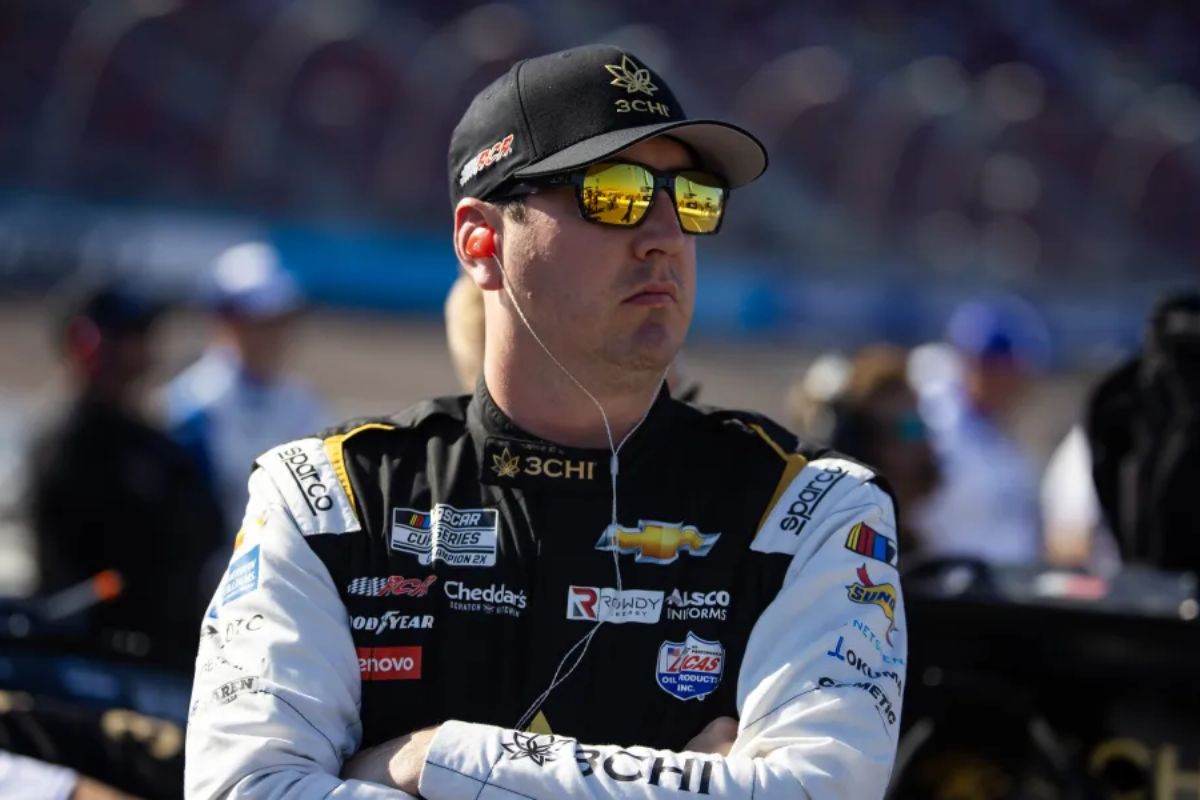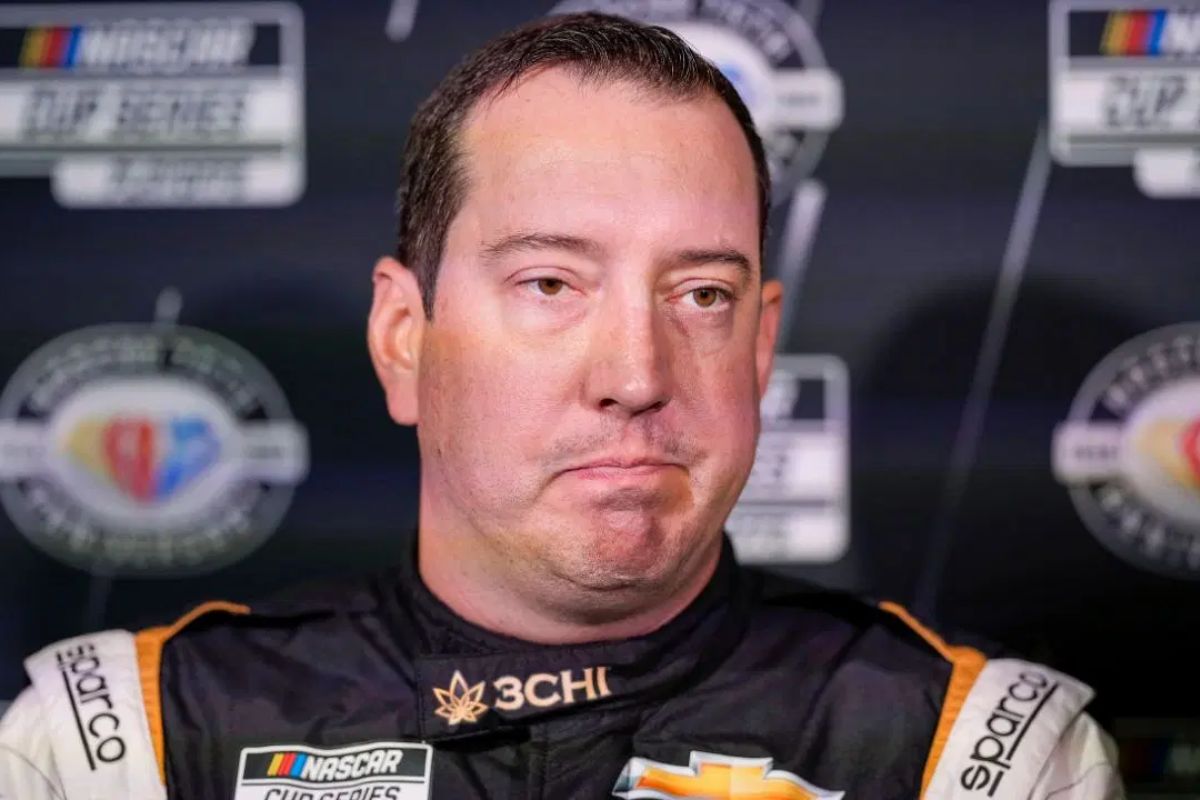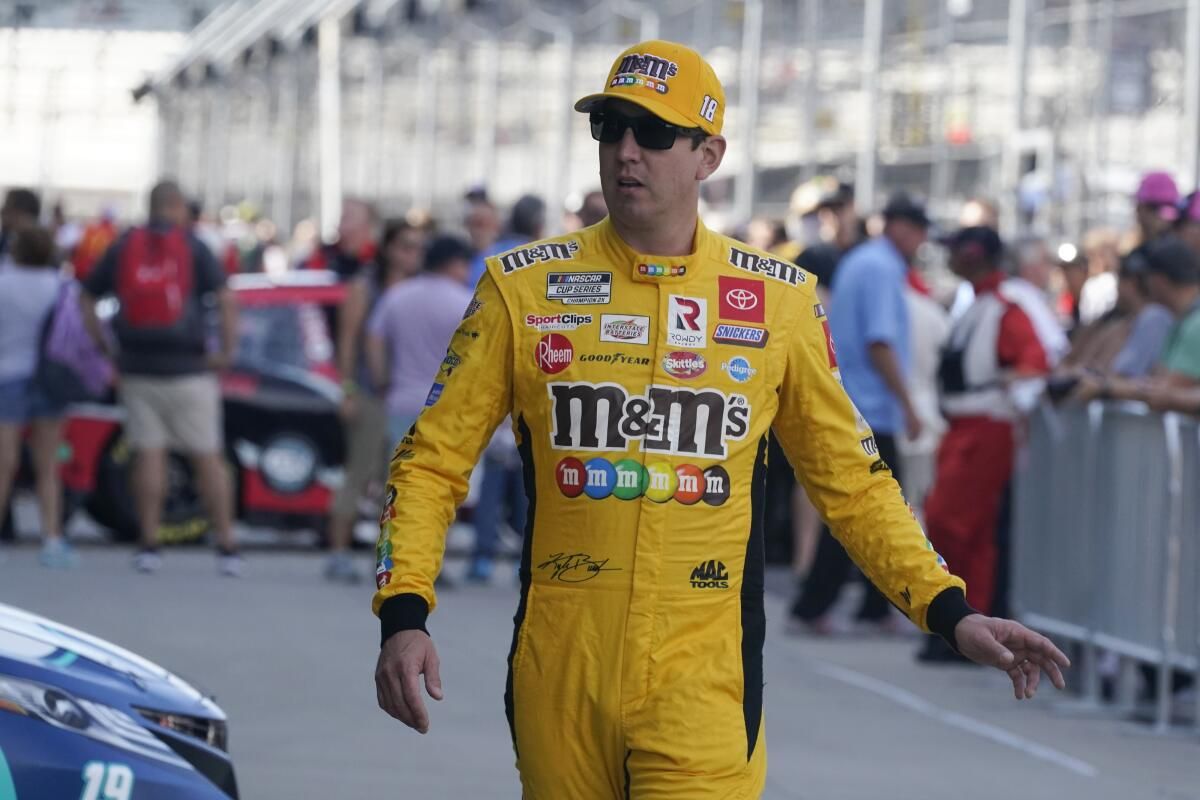Kyle Busch’s Blunt Dig: Kyle Busch’s recent critical remarks about Richard Childress Racing have not only ignited tensions within the team but have also sparked a broader discussion about performance standards and team dynamics in professional racing. His pointed critique, focusing on what he perceives as strategic and operational shortcomings, raises significant questions about the internal coherence and future direction of RCR. As the team struggles with these pointed assessments, the implications for Busch’s career and the team’s competitive strategy are profound.
Key Takeaways
- Kyle Busch expressed dissatisfaction with his team’s performance, highlighting strategy and execution flaws.
- He critiqued the inconsistency and unpredictability of the team’s results.
- Busch’s comments suggest a need for RCR to refine race strategies and improve overall team operations.
- The feedback indicates potential tension or frustration within the team regarding collective achievements.
- Addressing these issues is crucial for enhancing team synergy and achieving better race outcomes.
Kyle Busch’s Performance at the Wurth 400
At the Wurth 400, Kyle Busch, starting from the pole position, secured his runner-up result of the season by finishing fourth, reflecting a notable performance amidst a series of challenges with Richard Childress Racing. His adept handling of the No. 8 Chevrolet underlined a strategic expertise that navigated through the complexities of the race.
Analyzing his race metrics, Busch exhibited a competitive edge during the initial stages, maintaining a lead presence and demonstrating excellent vehicle control and tire management. However, as the race progressed, the interplay between track conditions and vehicle dynamics seemed to influence his pace relative to other contenders.
The strategic decisions made during pit stops were significant. The timing and execution of these stops are crucial in maintaining an edge in such tightly contested environments. Busch’s pit crew, under high-pressure scenarios, managed to perform efficiently, which was instrumental in him securing a top-five position.
Kyle Busch’s Frustration with Team Performance
Despite his commendable performance at the Wurth 400, Kyle Busch openly voiced his dissatisfaction with the team’s collective results in a forthright post-race interview. This expression of discontent highlights an important point for the racing team as it navigates the complexities of competitive performance and team dynamics in the NASCAR series.
“Yeah, good day for the 8 car get all the points. That’s a normal day, I’d love to have a lot more normal days. We just can’t seem to get any. Proud of everybody on this FICO Chevrolet; it was pretty decent. I felt like if we came off the pit road there at the end.”-Busch
Busch’s remarks emphasizing the car numbered 8’s ability to secure points consistently, serve as an implicit critique of the broader team strategy and execution. His use of “normal days” refers to a standard of performance he observes as sporadic at best within his team context, suggesting a desire for more consistent and predictable outcomes from race events.
The term ‘pretty decent’ to describe his car’s performance faintly praises the individual efforts but also hints at potential underutilization of capabilities or misalignments in team roles and responsibilities.
“Being able to just charge forward, try to catch those leaders that was probably going to be our best bet to try and run them down and race with them. But, definitely had a third-place car today, so having to come from eight to fourth on that final run right there was really really tough, but that was about all we had.”-Busch
Kyle Busch’s Assessment of Race Performance
Kyle Busch openly assessed his race performance, indicating that while his car had the potential for a fourth-place finish, the reality of advancing from eighth to fourth in the final segment proved challenging. He elaborated on his vehicle’s capabilities, suggesting that it was more suitable for a third-place finish under ideal conditions. This gap between potential and actual performance highlights the difficulties inherent in late-race advancements, particularly when starting from a lower position.
“The aero blocking is just so bad. It’s so bad. And everybody knows it and uses it as a defense item. We lost at the straightaways to the 19, that’s what frustrated me the most. He was slower and just would not give me an inch in order to be able to get by”-busch
Busch’s critique centered on the final push in the race, where strategic positioning and vehicular performance are crucial. He highlighted the struggle in making significant gains against competitors in the concluding laps, a critical period where every moment and move counts exponentially.
Looking Ahead
Reflecting on his recent performance, Kyle Busch now looks forward to overcoming the persistent challenges and achieving top finishes in the future races with RCR. Despite a commendable effort at Dover oval track the Wurth 400, the undercurrent of frustration due to the team’s general performance has been palpable. Busch’s frank critique highlights a significant moment for RCR, suggesting that introspection and strategic adjustments are imminent if they aim to harness his full potential and ascend in the competitive hierarchy.
Analyzing the situation, it is important to understand that the integration of Busch into RCR’s dynamics is not just about adapting to a new team but also about aligning technical aspirations with operational capabilities. The challenges faced are not singular to driver performance but are indicative of broader systemic issues that could be affecting car setup, race strategy, and pit stop efficiency.
News in Brief: Kyle Busch’s Blunt Dig
Kyle Busch’s recent criticisms of RCR reflect significant concerns regarding the team’s strategic and operational approaches. These remarks have not only heightened internal tensions but also spotlighted the necessity for strategic reevaluation and improved performance analytics.
Moving forward, it is imperative for RCR to address these critiques constructively, aiming to optimize team dynamics and technical strategies to harness Busch’s capabilities and achieve consistently competitive results in forthcoming races.
Our Reader’s Queries
Q. How did Kyle Busch get the nickname Rowdy?
A. Kyle Busch, affectionately known as “Rowdy” and “Wild Thing” for his aggressive driving style, earned the moniker “the Candy Man” thanks to his enduring sponsorship with Mars, Incorporated. His familial ties to older brother Kurt Busch led to the nickname “Shrub,” while his partnership with 3CHI gave rise to “Kyle Kush.” Not to be overlooked is his self-designated title “KFB.” Busch’s diverse array of nicknames reflects both his on-track prowess and his multifaceted persona in the world of motorsports.
Q. Does Kyle Busch own Rowdy?
A. As per RowdyEnergy.com, Kyle Busch retains his role as the principal owner of the private energy drink venture he established back in 2020. Notably, the company boasts a cadre of minority investors, among them beverage entrepreneur Jeff Church. This arrangement underscores Busch’s ongoing commitment to his entrepreneurial endeavors beyond the racetrack.
Q. What is Kyle Busch’s car?
A. Kyle Thomas Busch, an American professional stock car racing driver and team owner, currently navigates the track full-time aboard the No. 8 Chevrolet Camaro ZL1 under the banner of Richard Childress Racing in the NASCAR Cup Series. Additionally, he engages in part-time racing duties aboard another vehicle. This update illuminates Busch’s continued presence and influence in the dynamic world of NASCAR competition.
ALSO READ: Kyle Busch’s Dover Desperation: “Not Shocked” by Drop in Form





